CTRC Breakthroughs
Thermal Materials R&D
Research Topics
Microscale Transport and Microchannels
Electrically Actuated Microscale Flows
Thin-Film Transport, Wicks and Heat Pipes
Novel Air and Impingement Cooling Approaches
Surface and Interface Engineering
Thermal Materials R&D
Thermal Interfaces
Small-Scale Refrigeration
Exploratory and Novel Concepts
Renewable and Sustainable Energy
PCM - Optimizing Material Properties: Enthalpy and Conductivity
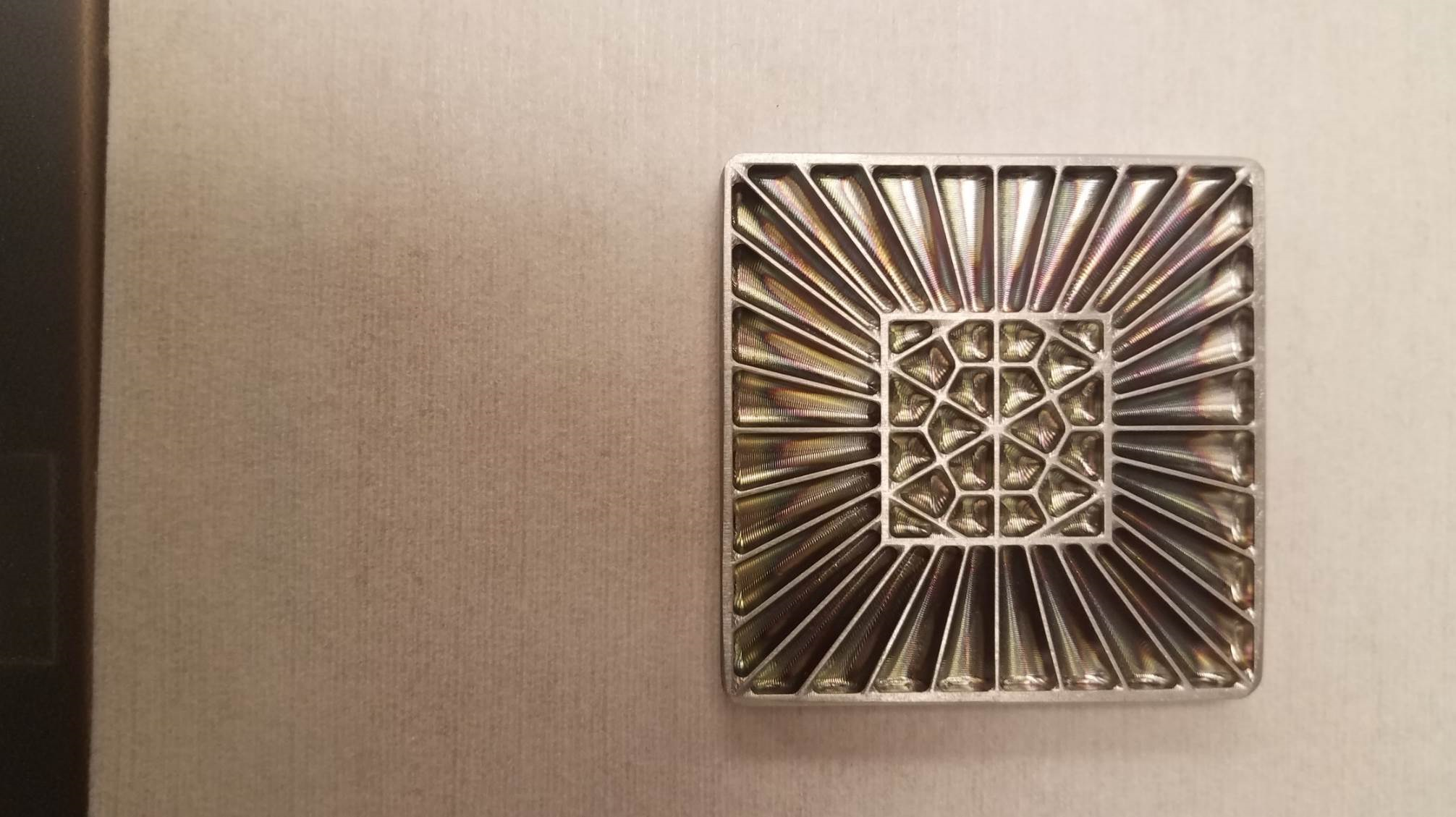
Foil Based Transient Liquid Phase Bonding Systems
Transient liquid phase bonding (TLPB) has been suggested as an alternative to high-Pb solders, Ag paste, and sintered silver bonds in die-attach and heat rail applications. This project developed a thermodynamic framework for identifying multicomponent formulations for TLPB and associated processing requirements. Composition and processing temperature requirements for a Cu-Sn-Bi TLPB system were identified. Experimental observations of phase transformation were used to develop processing guidelines for specific formulations.
Cooling Paint
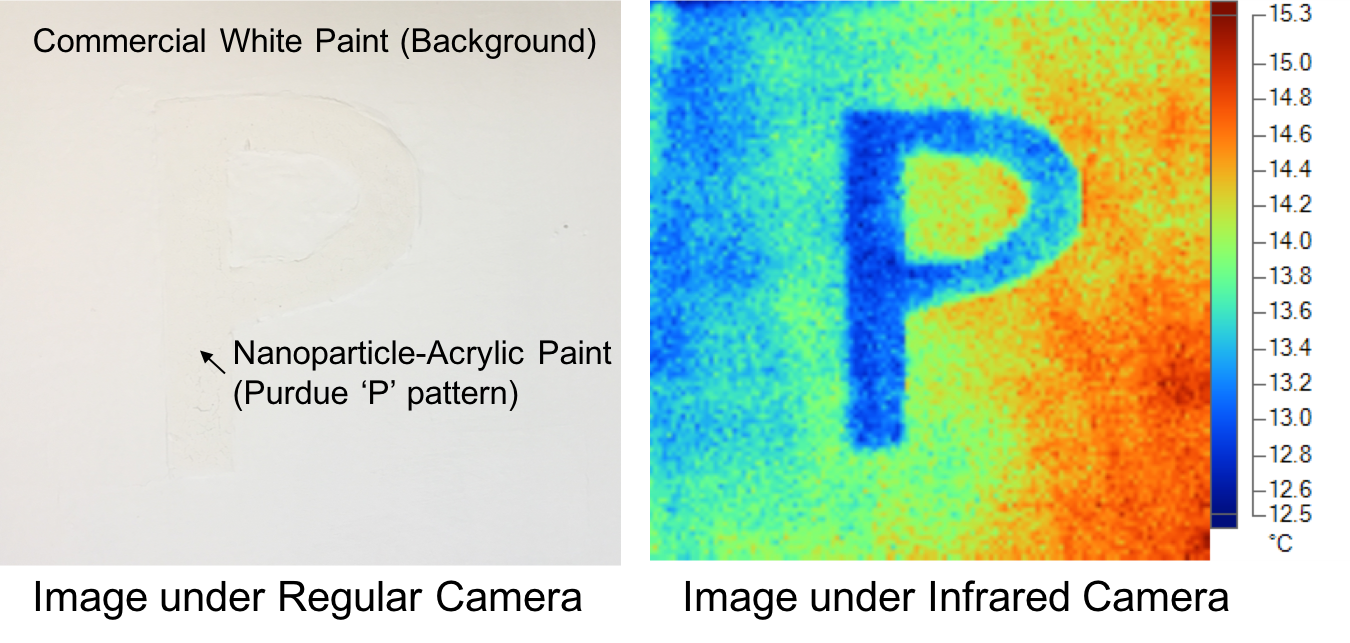
PCM: Optimizing Material Properties: Enthalpy and Conductivity
Phase change materials (PCM) are an attractive technology for the passive dissipation of power during peak processing loads in portable electronics. Insertion of a PCM into a device requires optimization of not only the PCM itself, but also the heatsink and surrounding packaging. The first year of this project expanded and updated a database for selection of PCMs, constructed numerical models investigating the behavior of PCM composite structures during melting/solidification, and developed a testing platform for characterized at high heat fluxes while incorporating cycling. The second phase of the project will see the design of a modular heat exchanger for the PCM, tunable to power maps of individual chips, and experimental testing of PCM composite structures.
Effects of Nanoparticle Size and Aggregation on Metal Nanoparticle-Polymer Thermal Interface Materials
 The ultimate goal is to understand how the factors, such as
metal types, nanoparticle size, concentration, aggregation
effects, interfacial resistance, affect the overall thermal
conductivity of thermal interface materials. By both
fabricating nanocomposites and developing new EMA models to
include aggregation effect, we can predict thermal
conductivity of TIMs more accurately and design thermal
interface materials with higher thermal conductivity. This
will allow better thermal management in modern electronic
devices, thus further improve the performance of those
high-power electronics.
The ultimate goal is to understand how the factors, such as
metal types, nanoparticle size, concentration, aggregation
effects, interfacial resistance, affect the overall thermal
conductivity of thermal interface materials. By both
fabricating nanocomposites and developing new EMA models to
include aggregation effect, we can predict thermal
conductivity of TIMs more accurately and design thermal
interface materials with higher thermal conductivity. This
will allow better thermal management in modern electronic
devices, thus further improve the performance of those
high-power electronics.
Passive Thermal Management using Phase Change Materials

Foil Based Transient Liquid Phase Bonding Systems
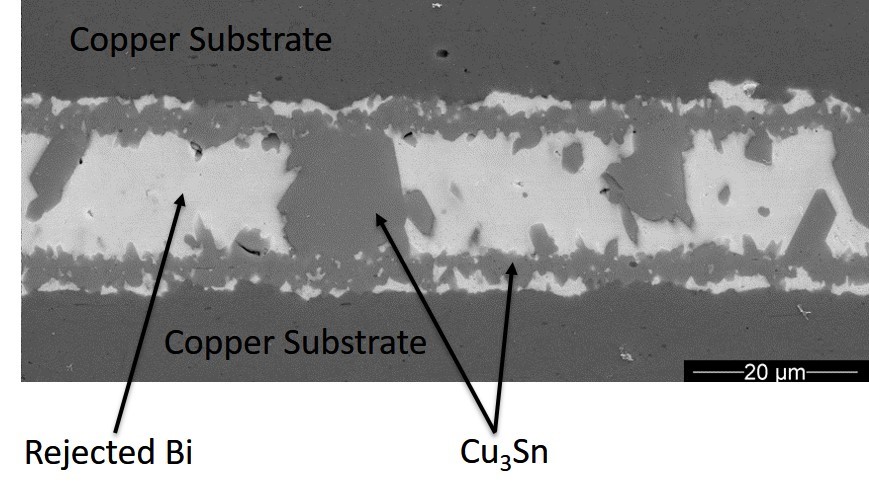
Thermal Design of Multilayer/Stacked Structures
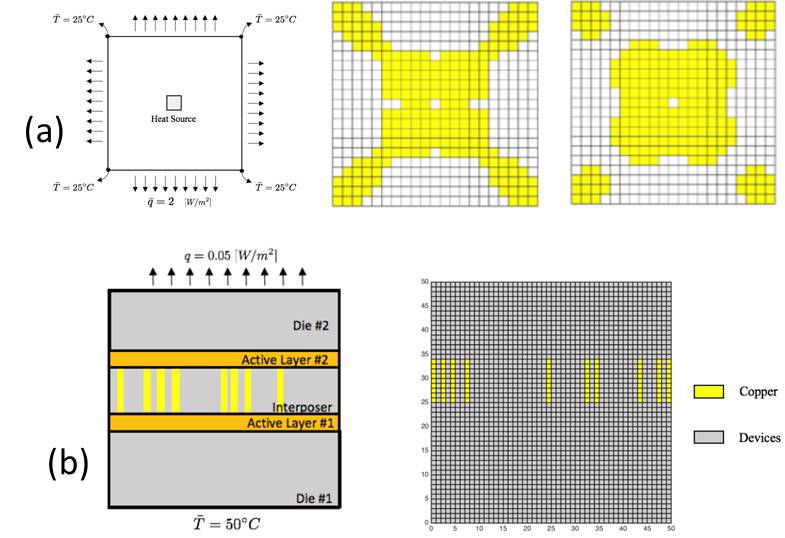 This project developed
a computational tool for optimal thermal design of multi-layered
electronic structures and assemblies was developed. This
computational tool is capable of efficient, systematic and
automated thermal design of through-silicon-vias (TSV), heat
spreaders and thermal interface materials (TIM) in 3D packages.
The strategy is to couple a steady state heat conduction finite
element analysis (FEA) code with a nonlinear optimization
function implementing sequential quadratic programming (SQP)
algorithm that allows topology optimization of multilayer
structures. The developed tool was demonstrated to be two orders
of magnitude more efficient for thermal design of multilayer
stacked structures as compared to a popular commercial tool.
This project developed
a computational tool for optimal thermal design of multi-layered
electronic structures and assemblies was developed. This
computational tool is capable of efficient, systematic and
automated thermal design of through-silicon-vias (TSV), heat
spreaders and thermal interface materials (TIM) in 3D packages.
The strategy is to couple a steady state heat conduction finite
element analysis (FEA) code with a nonlinear optimization
function implementing sequential quadratic programming (SQP)
algorithm that allows topology optimization of multilayer
structures. The developed tool was demonstrated to be two orders
of magnitude more efficient for thermal design of multilayer
stacked structures as compared to a popular commercial tool.
Optimized Porous Media-Based Heat Exchanger Surfaces
 Heat
exchange surfaces that provide improved efficiency in compact
spaces have the potential for significant reduction in energy
consumption. Tools were developed for simulation-based
characterization and design of three dimensional heat exchange
surfaces for more compact, lightweight, and efficient cars,
airplanes, and electronics. Porous media provide high surface
area to volume ratios thereby enabling them to be used as
effective cooling solutions in many thermal applications. These
porous media often provide other secondary desirable features
like low weight-to-volume ratio, making them suitable for heat
exchangers. Simulations, validated against experiments,
evaluated the transport properties of a lattice frame material (LFM)
fin structure and optimize the geometry based on performance
factors.
Heat
exchange surfaces that provide improved efficiency in compact
spaces have the potential for significant reduction in energy
consumption. Tools were developed for simulation-based
characterization and design of three dimensional heat exchange
surfaces for more compact, lightweight, and efficient cars,
airplanes, and electronics. Porous media provide high surface
area to volume ratios thereby enabling them to be used as
effective cooling solutions in many thermal applications. These
porous media often provide other secondary desirable features
like low weight-to-volume ratio, making them suitable for heat
exchangers. Simulations, validated against experiments,
evaluated the transport properties of a lattice frame material (LFM)
fin structure and optimize the geometry based on performance
factors.
Designing Transient Liquid Phase Sintering Systems for Power Electronics
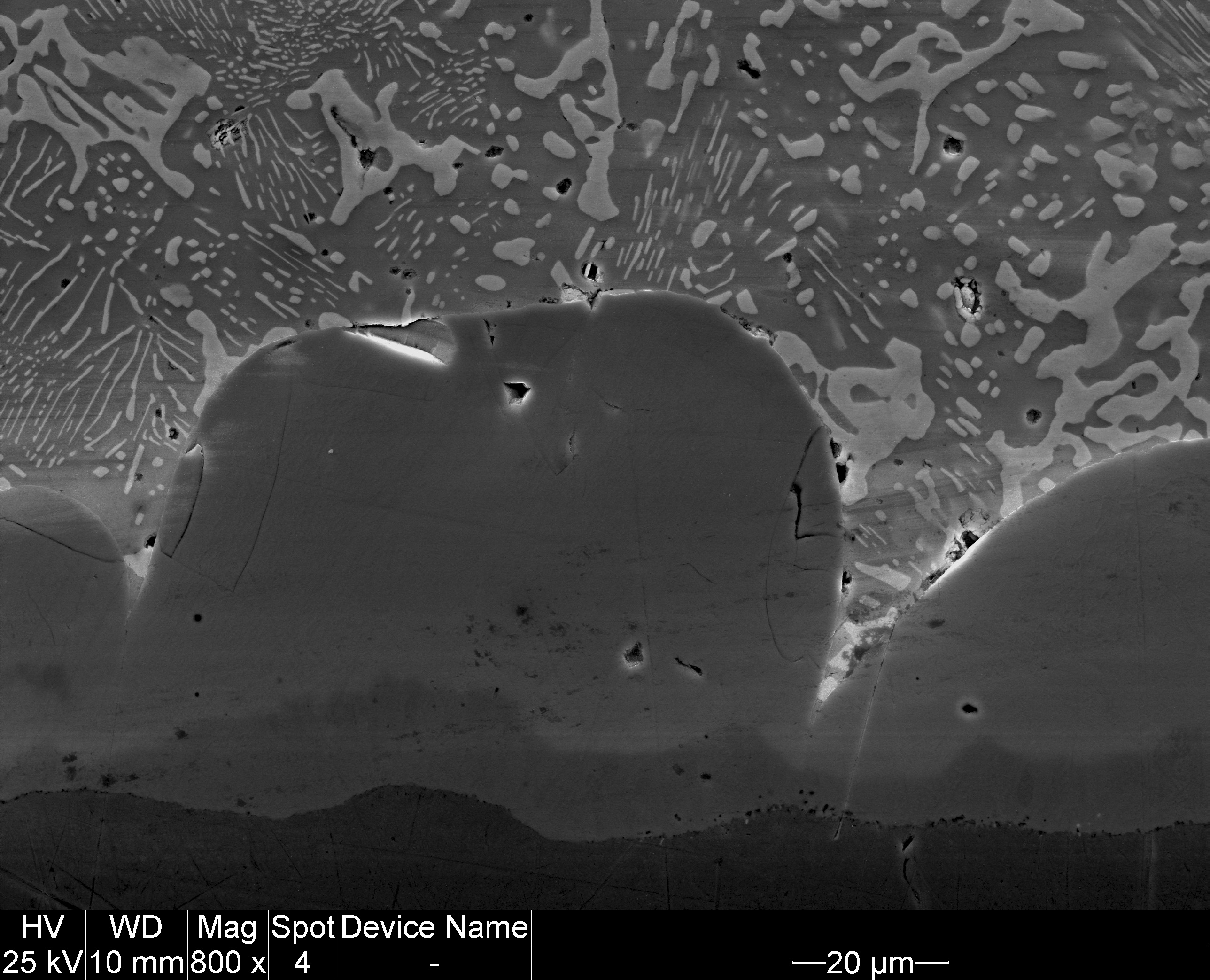 In transient liquid phase
sintering, a low melting temperature metal powder and an organic
flux are mixed with high melting point alloys in particle form.
When the temperature is increased above the melting temperature
of the low melting point phase, a new compound begins to form at
the interface between the liquid and the solid. This project
developed model paste formulations for the development of new
electrical and thermal technology based on transient liquid
phase sintering for attaching cooling systems to chips,
semiconductor dies, and substrates in power electronics.
Thermodynamic software and down-selection criteria for specific
applications were developed and applied to evaluate novel alloy
formulations for these uses.
In transient liquid phase
sintering, a low melting temperature metal powder and an organic
flux are mixed with high melting point alloys in particle form.
When the temperature is increased above the melting temperature
of the low melting point phase, a new compound begins to form at
the interface between the liquid and the solid. This project
developed model paste formulations for the development of new
electrical and thermal technology based on transient liquid
phase sintering for attaching cooling systems to chips,
semiconductor dies, and substrates in power electronics.
Thermodynamic software and down-selection criteria for specific
applications were developed and applied to evaluate novel alloy
formulations for these uses.
Variable Conductivity Material Based on Topologically Interlocked Assembly
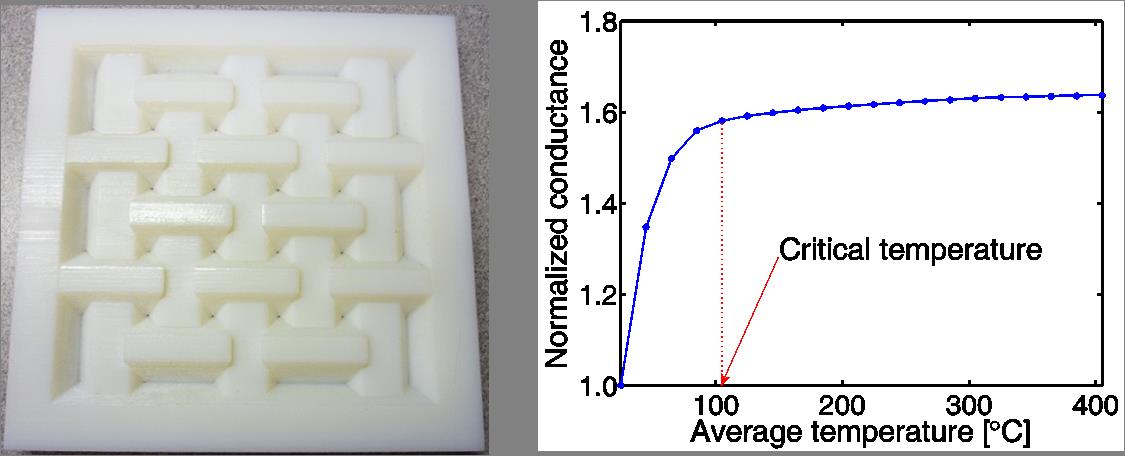 The designed material (based on topologically interlocked assembly)
is able to change its thermal conductivity under different
ambient temperature, therefore allows for precise and reliable
control on temperature. Numerical simulation was conducted to
investigate the thermal conductivity of the designed material.
Prototypes were manufactured with a 3D printing method. The
figure shows a prototype of variable thermal conductivity
material and predicted thermal conductivity-temperature curve.
The designed material (based on topologically interlocked assembly)
is able to change its thermal conductivity under different
ambient temperature, therefore allows for precise and reliable
control on temperature. Numerical simulation was conducted to
investigate the thermal conductivity of the designed material.
Prototypes were manufactured with a 3D printing method. The
figure shows a prototype of variable thermal conductivity
material and predicted thermal conductivity-temperature curve.
High-Performance, Low Cost Thermoelectric Materials
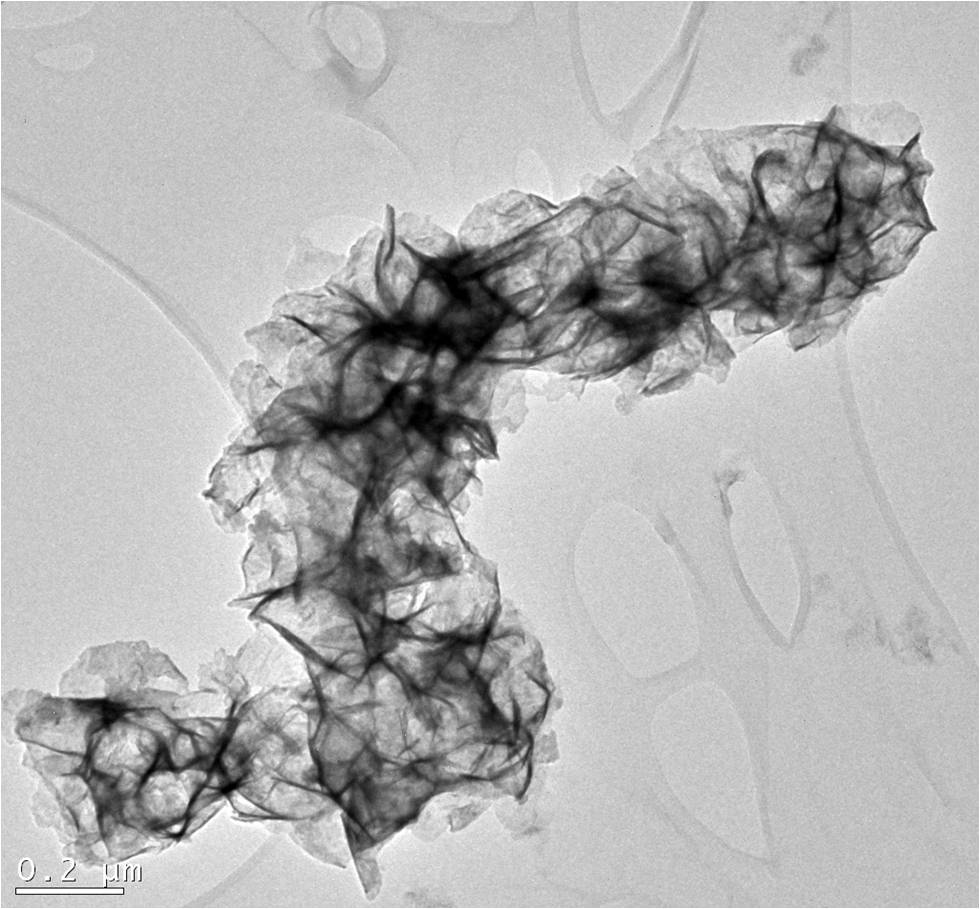 Waste heat is generated ubiquitously in domestic and industrial
applications. By implementing thermoelectric devices, waste heat
can be utilized to generate electricity instead of being
directly emitted to the environment. This project developed and
optimized a method to synthesize ultra-small Bi2Te3nanoparticles
with various morphologies, and have fabricated bulk
nanocomposite based on them. Our material system can be
potentially high-performance thermoelectric materials. The
effects of different ligand levels (i.e., the levels of leftover
carbon-based compounds needed for nanocrystal synthesis) within
the composites was studied and the composite oxidation as a
function of depth into the pellet.
Waste heat is generated ubiquitously in domestic and industrial
applications. By implementing thermoelectric devices, waste heat
can be utilized to generate electricity instead of being
directly emitted to the environment. This project developed and
optimized a method to synthesize ultra-small Bi2Te3nanoparticles
with various morphologies, and have fabricated bulk
nanocomposite based on them. Our material system can be
potentially high-performance thermoelectric materials. The
effects of different ligand levels (i.e., the levels of leftover
carbon-based compounds needed for nanocrystal synthesis) within
the composites was studied and the composite oxidation as a
function of depth into the pellet.
Optimal Porous Microstructures for Enhanced Thermal Management
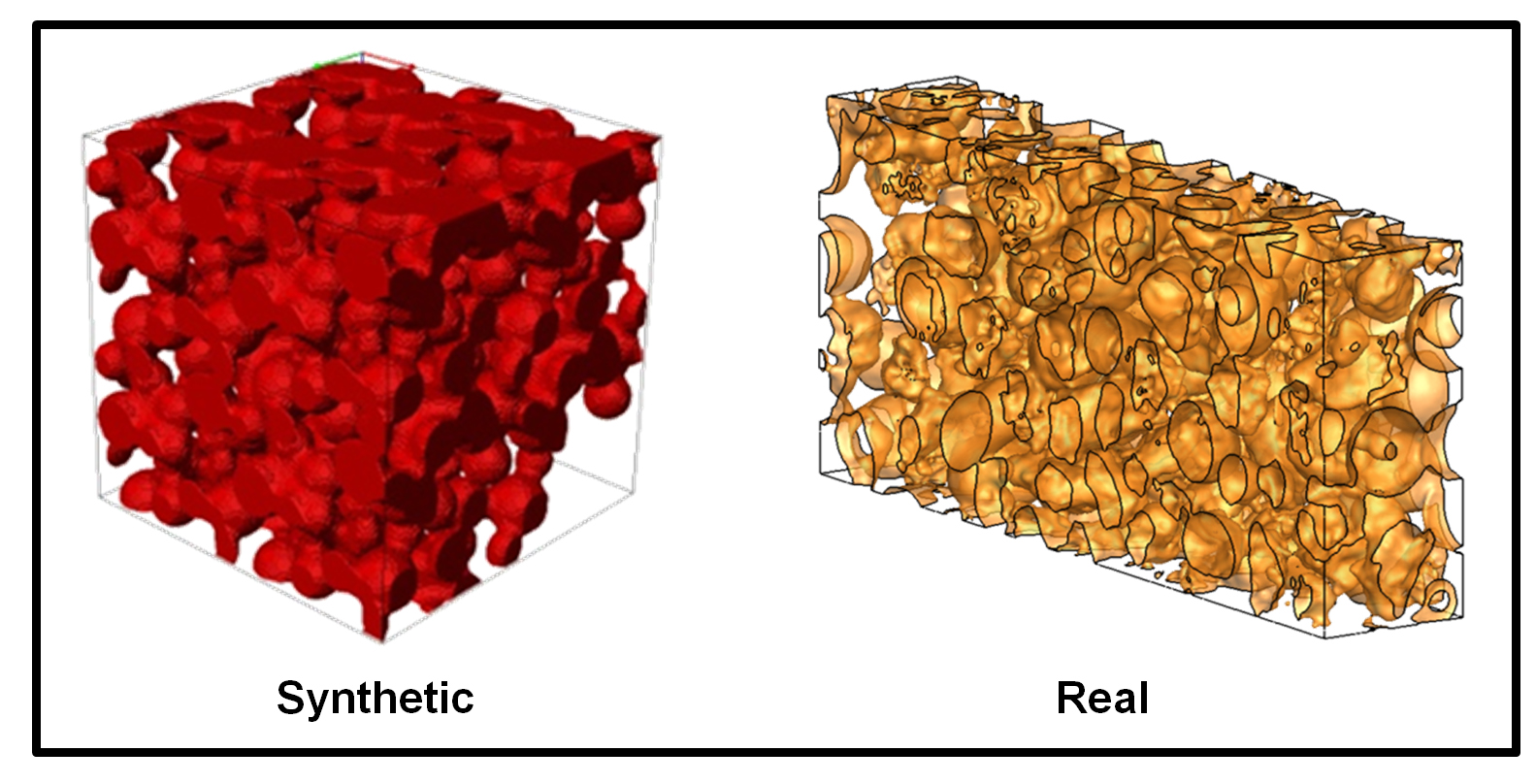 The porous structures formed by sintering powders are commonly
employed as capillary wicks in two-phase heat transport devices
such as heat pipes. The effect of sintering conditions such as
sintering time, temperature, particle size, and porosity on the
transport characteristics of interest may be directly analyzed
to design intricate sintered porous structures with desired
properties tailored to specific applications. A cellular
automata model, which determines mass transport during sintering
based on curvature gradients in digital images, is employed to
predict the sintering dynamics of two- and three-dimensional
packed beds. Further, transport characteristics, viz., effective
thermal conductivity and permeability are predicted as a
function of sintering time, along with morphological properties
such as change in surface area. The figure shows 3-Dimensional
views of synthetic microstructure produced employing the
developed sintering algorithm. Also shown on the right is a
3-Dimensional view of a real sintered wick microstructure.
The porous structures formed by sintering powders are commonly
employed as capillary wicks in two-phase heat transport devices
such as heat pipes. The effect of sintering conditions such as
sintering time, temperature, particle size, and porosity on the
transport characteristics of interest may be directly analyzed
to design intricate sintered porous structures with desired
properties tailored to specific applications. A cellular
automata model, which determines mass transport during sintering
based on curvature gradients in digital images, is employed to
predict the sintering dynamics of two- and three-dimensional
packed beds. Further, transport characteristics, viz., effective
thermal conductivity and permeability are predicted as a
function of sintering time, along with morphological properties
such as change in surface area. The figure shows 3-Dimensional
views of synthetic microstructure produced employing the
developed sintering algorithm. Also shown on the right is a
3-Dimensional view of a real sintered wick microstructure.
Transport in Porous Structures and Metal Foams
 A novel computational methodology for direct numerical simulation
of open-cell foams and heat pipe wicking structures has been
developed. This
comprehensive model predicts the thermal and flow
characteristics of foams and particle beds, which are in
excellent agreement with published measurements. The results
show the capability of the developed methodology and presents
opportunities to explore other problems such as thermal
dispersion, particulate fouling and foam structure optimization.
A novel computational methodology for direct numerical simulation
of open-cell foams and heat pipe wicking structures has been
developed. This
comprehensive model predicts the thermal and flow
characteristics of foams and particle beds, which are in
excellent agreement with published measurements. The results
show the capability of the developed methodology and presents
opportunities to explore other problems such as thermal
dispersion, particulate fouling and foam structure optimization.



